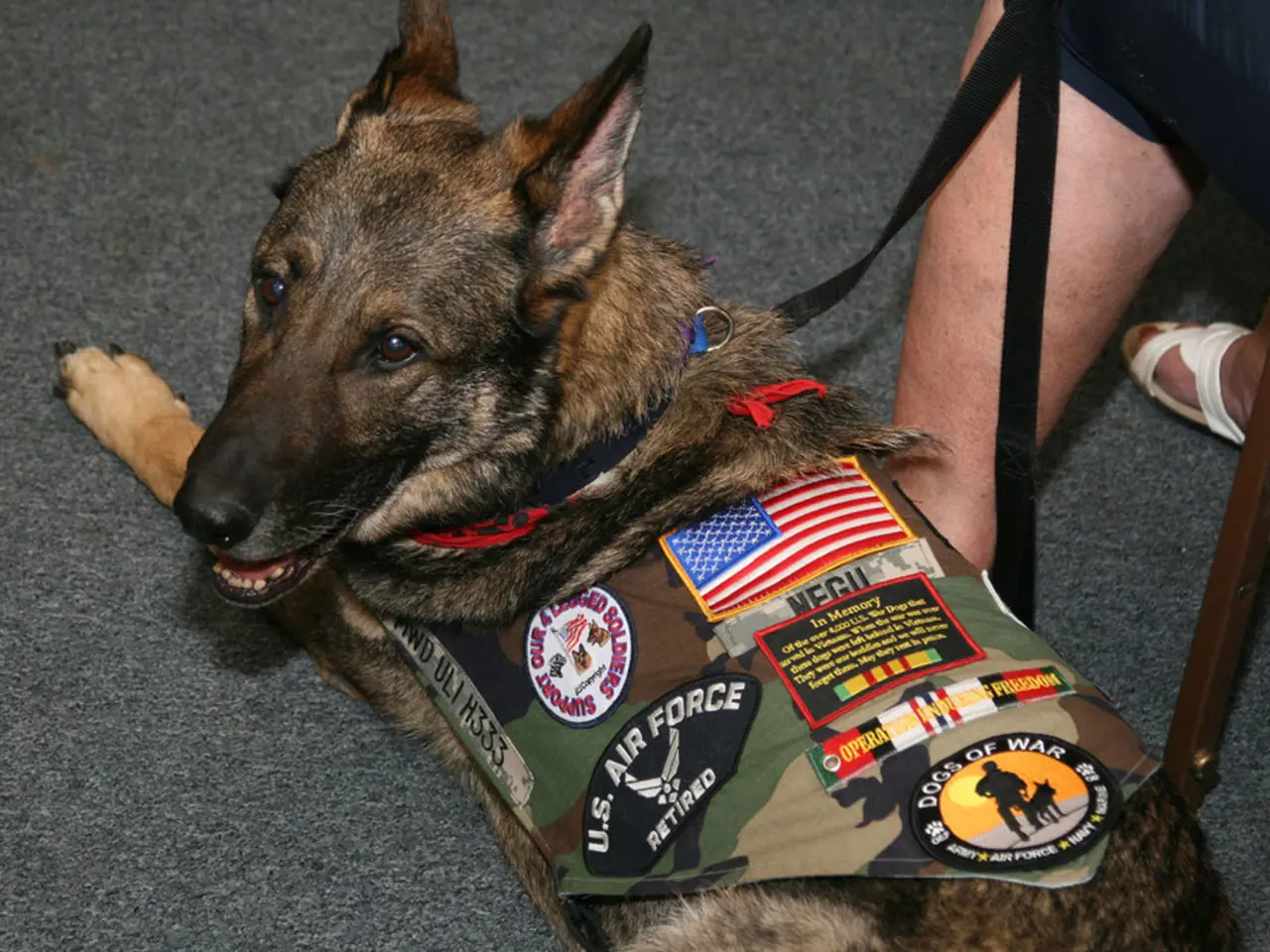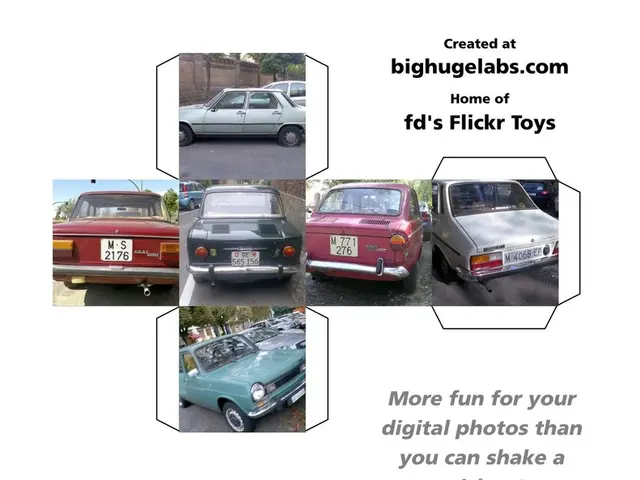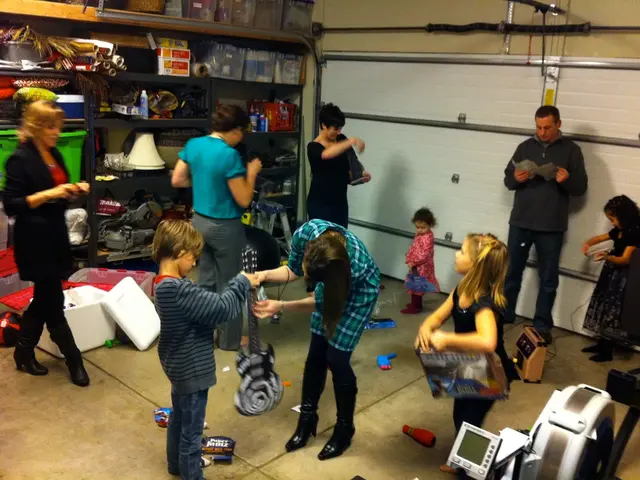New 'Visual Jigsaw' Method Boosts Visual Understanding in Multimodal Language Models
Researchers have proposed a novel approach, Visual Jigsaw, to boost visual understanding in multimodal large language models. The authors, Penghao Wu, Yushan Zhang, and Haiwen Diao, have introduced this post-training framework, with the authorship details remaining unclear.
The Visual Jigsaw approach tackles the challenge of multimodal models prioritizing text over visual input. It enhances visual understanding by encouraging models to solve jigsaw puzzles with images, videos, or 3D scenes. This self-supervised task requires models to reconstruct shuffled visual inputs, learning to capture local patch details, infer global layouts, and reason about inter-patch relations.
The method has shown promising results. It improves fine-grained perception, spatial understanding, visual grounding, and compositional understanding in images. For videos, it enhances temporal understanding across various benchmarks and frame settings. Notably, it achieves these improvements without compromising existing reasoning abilities in multimodal large language models.
The Visual Jigsaw approach, proposed by Wu, Zhang, and Diao, offers a simple yet effective way to enhance visual understanding in multimodal large language models. By encouraging models to solve jigsaw puzzles, it improves various visual understanding tasks without requiring manual annotations or compromising existing abilities.








